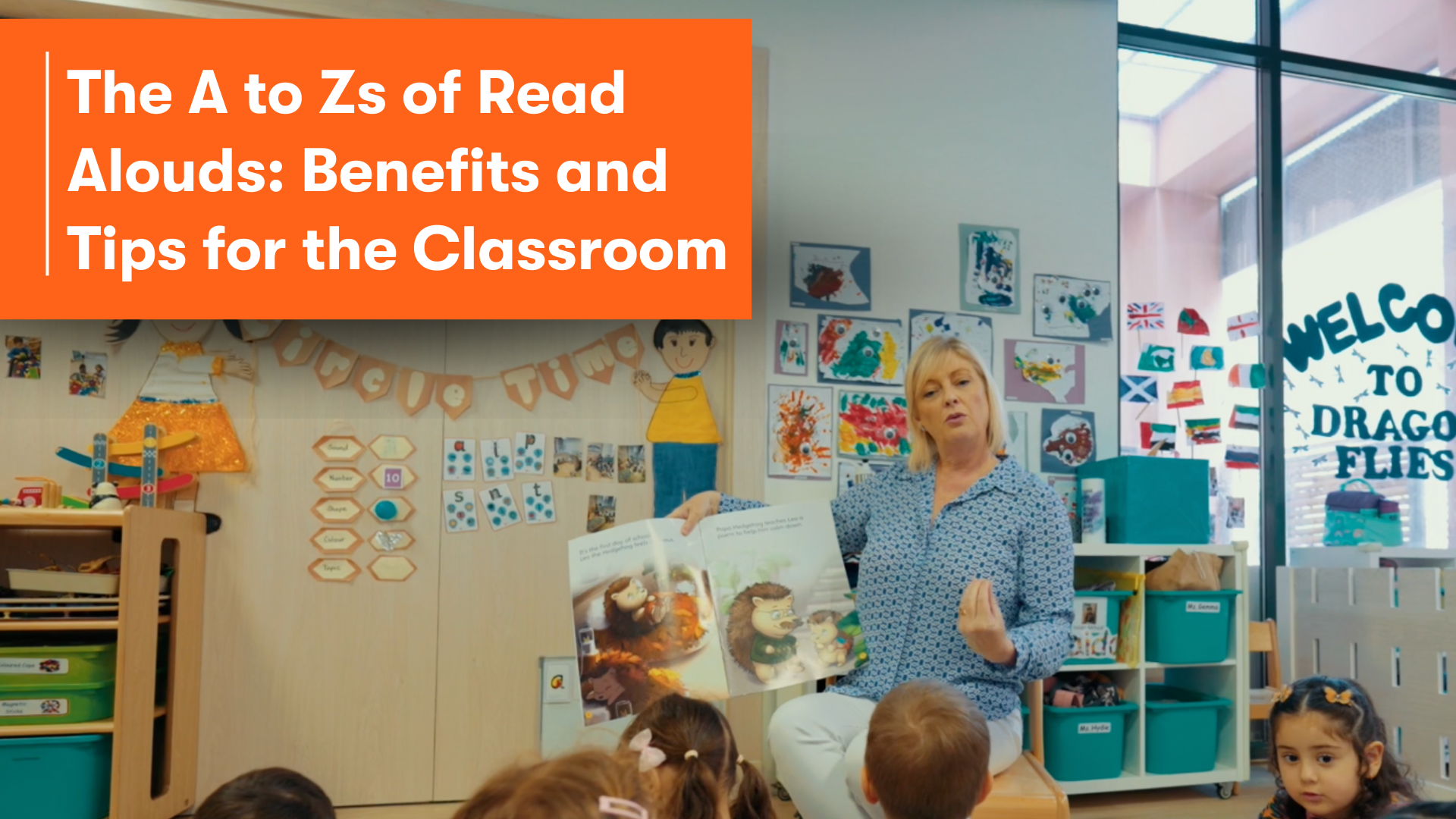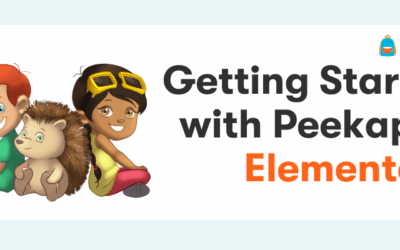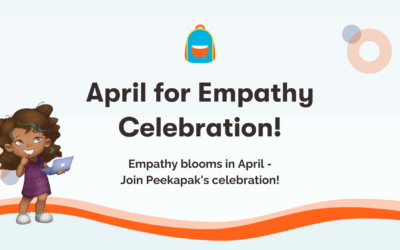From time to time, we can all use a quick reminder on the importance of read alouds in our classroom …
We’ve listed some tips and benefits of read alouds that might come in handy for when this time comes. If you think of others, feel free to comment!
📖 The A to Zs of Read Alouds:
Appropriate for all ages! Research has proven that students of all ages and levels of development can benefit from listening to stories being read aloud to them (Cunningham & Allington, 2011).
Books of many genres exist. Reading different genres is especially important to motivate students as they become independent readers. As students are exposed to more variety, they begin to develop reading habits and establish preferences.
Choose stories based on your students’ interests. Book selection plays a critical role in supporting students at all levels of development. If students are interested in the topic, they will pay closer attention and enjoy the story being read, hopefully fuelling a life-long love of reading!
Decide on a time to integrate read alouds into your daily schedule. The beginning or end of the day is great as it helps students transition in and out of the classroom.
Encourage students to activate their schemas through modeling and practicing strategies. Show students that connecting prior experience and knowledge to new concepts helps them develop a better understanding and make meaning of what is presented to them in the story.
Find stopping points during read alouds to pause, connect, and reflect.
Give students a chance to process what they are hearing before asking questions.
Have questions ready to facilitate discussions before, during, and after your read aloud. Digging deeper helps support and develop reading comprehension.
Introduce different styles of writing and literature such as poems, plays, short stories, and essays.
Just do it because it’s fun! Stories can transport students to other realms where they can let their imagination run free. Having the opportunity to sit back, listen, and immerse themselves into a world of unknowns is a wonderful thing!
Know where your students are at. Struggling readers can benefit by having a variety of stories read to them. Start with “everybody” stories to motivate your students to become readers (Cunningham & Allington, 2011).
Level the playing field. If an appropriate book is selected, all students have an opportunity to learn and grow.
Model fluency and expression. A fluent reader is able to recognize words accurately and at a good pace. As students develop this skill, they spend less time on deciphering words and more time on reading with expression. When students hear good examples of fluent and expressive reading, they learn how a reader’s voice can add meaning to the text.
Notice the changes. The more you read aloud, the more students learn the vocabulary and behavior associated with the routine. As the year progresses, take a step back to see how much these opportunities have helped your students on their path to becoming independent readers.
Provide a print-rich classroom where there is a greater ratio of books to students. Each time a read aloud is completed, place the book in the classroom “library” for students to re-explore.
Quote characters from the stories during discussions and lessons to extend the learning.
Read stories that share similar themes and structures. It’s important for students to see how stories may connect with one another and to learn the format of different types of texts.
Support students’ overall reading development. The more stories students see and hear, the more their vocabulary grows and the more familiar they become with written language and the conventions of print.
Teach students to make inferences about the story. Reading between the lines is important to help students make decisions and come to conclusions about an underlying message or meaning in the text.
Use opportunities to introduce new concepts. This will help students formulate questions about the concepts and make note of what they already know and understand.
Validate all students. Read alouds are a great opportunity to develop a sense of classroom community. Select stories featuring characters that demonstrate and advocate for the diversity in your classroom. When students can connect and relate, they are more engaged, feel more included, and are more motivated to continue learning.
What are you reading to your students? Try to balance a variety of informational and fictional texts in your classroom. Demonstrate to students that all books have a place in the classroom.
X-ray vision doesn’t just exist in fictional books! Many stories offer a great opportunity to integrate and discuss non-fiction subject areas such as science and language.
Zoom in on the details and ask students questions that encourage further exploration. Just because you’ve reached the last page of the book, doesn’t mean the conversation needs to stop. Use the read aloud as a starting point for further inquiry and discussion.
Final tip: For free digital stories to project in your classroom and read aloud, sign up for an account at www.peekapak.com.
Looking for a technology-based platform to teach empathy and other social-emotional skills for elementary aged children? Look no further than Peekapak. Peekapak is an award-winning, social & emotional learning (SEL) platform that leverages engaging lessons, stories and digital games in the classroom and the home. Developed by education experts, Peekapak’s innovative curriculum teaching skills like gratitude, empathy, and self-regulation within literacy, reading, and writing based learning curriculum.





